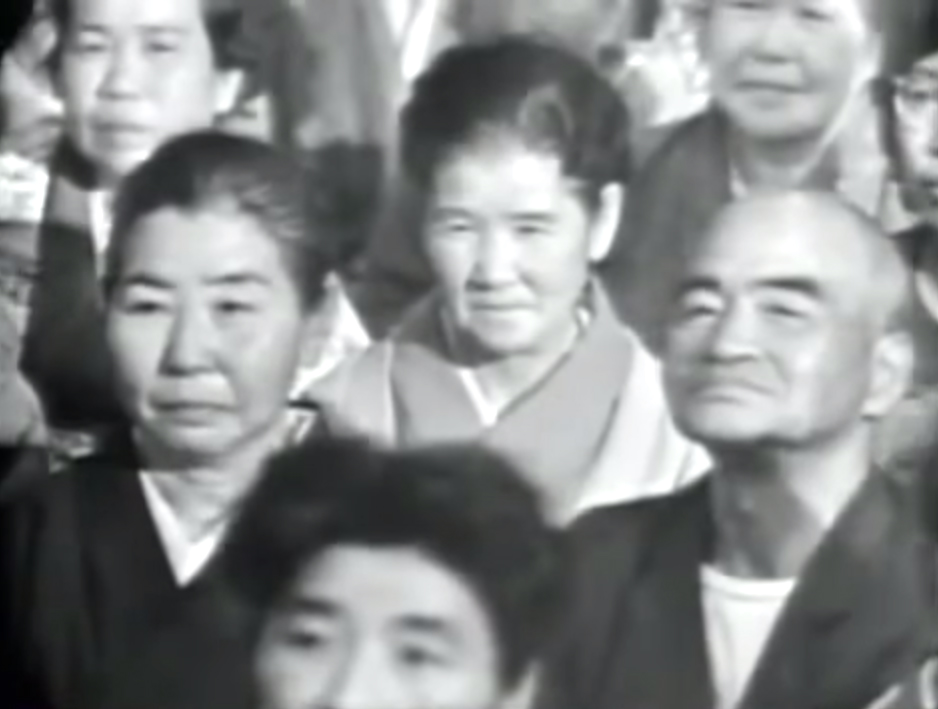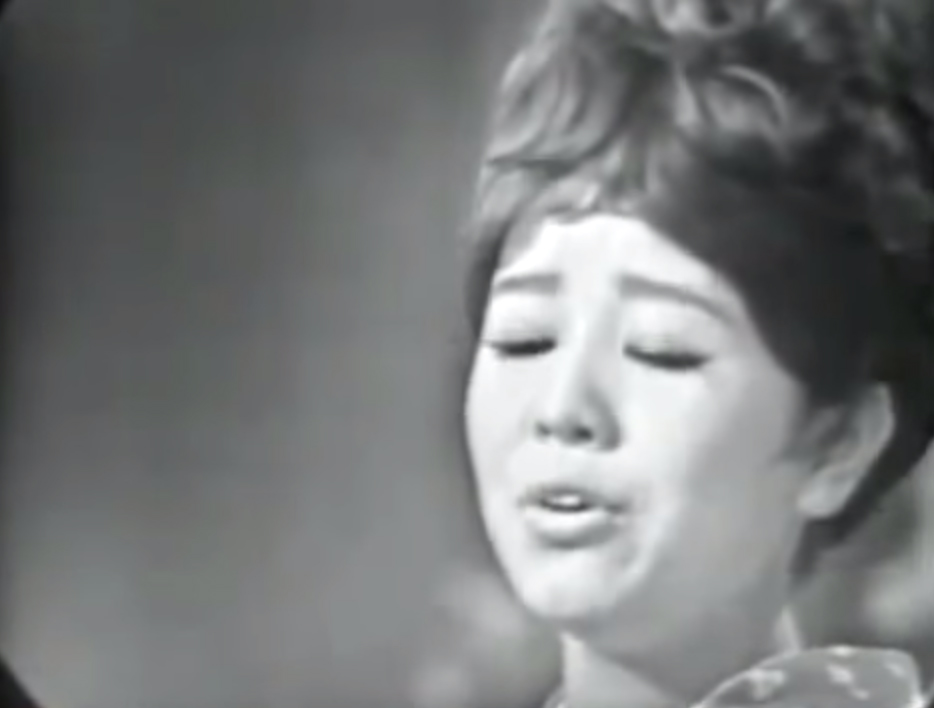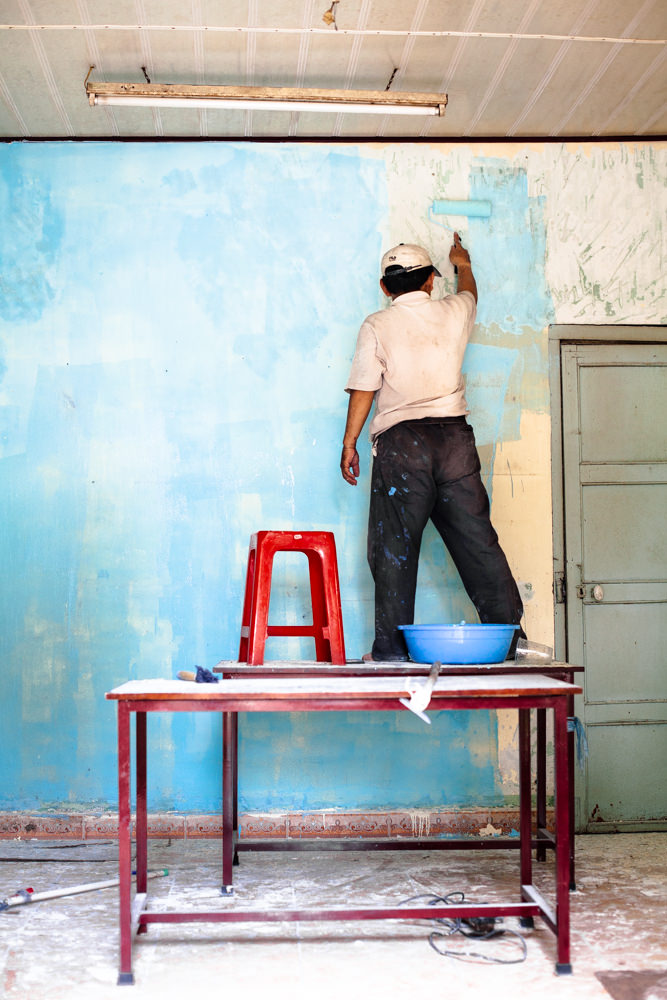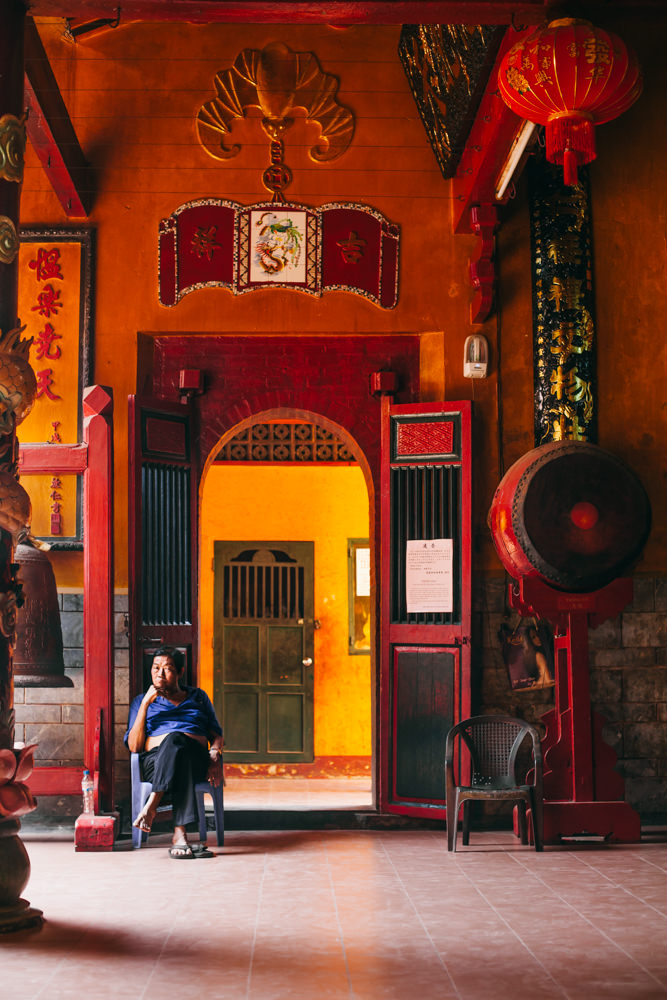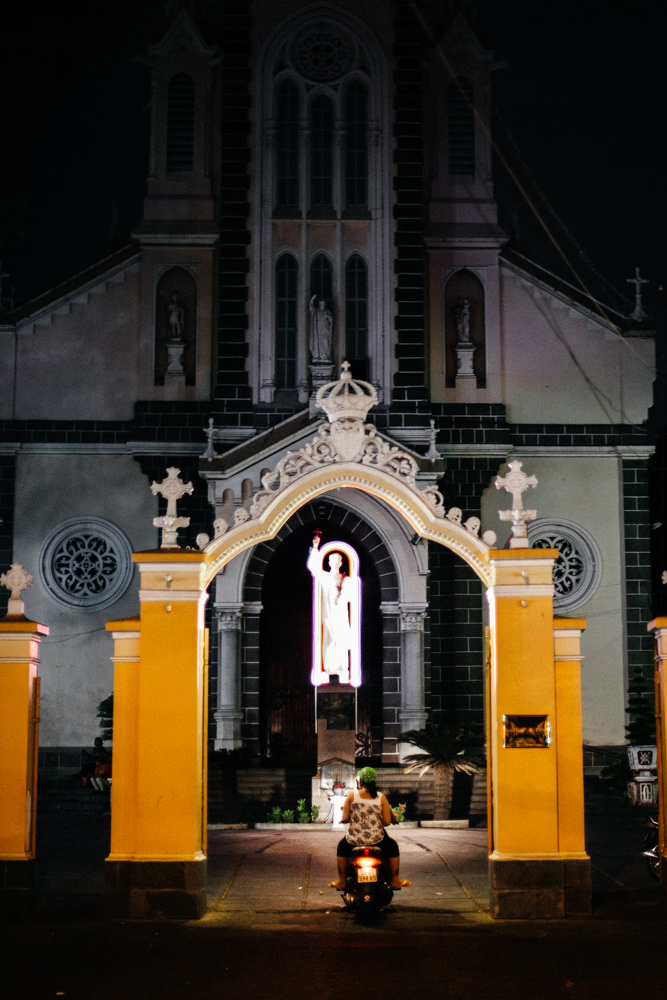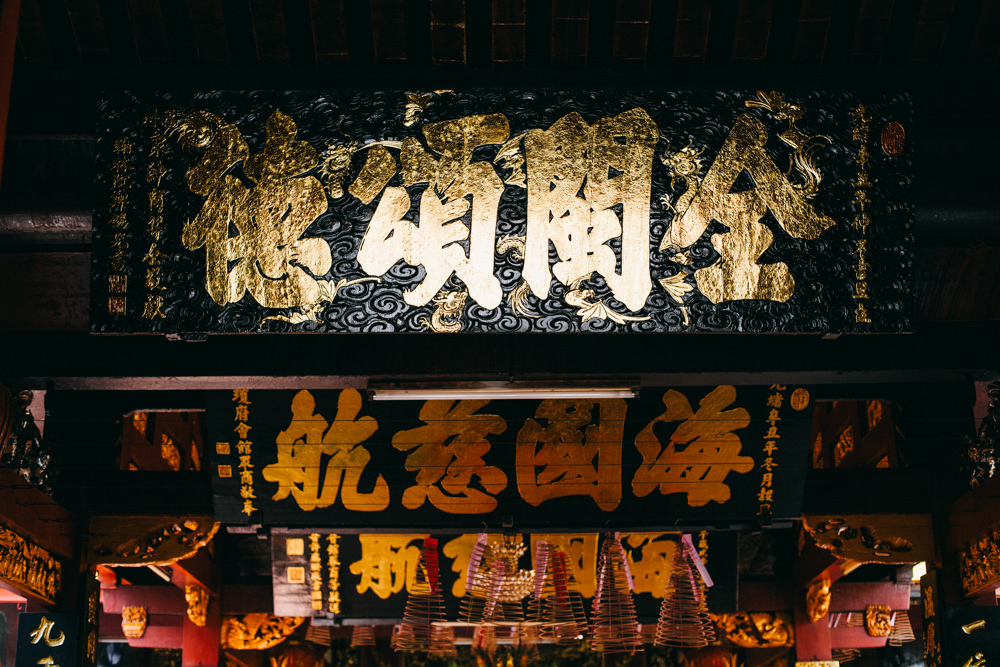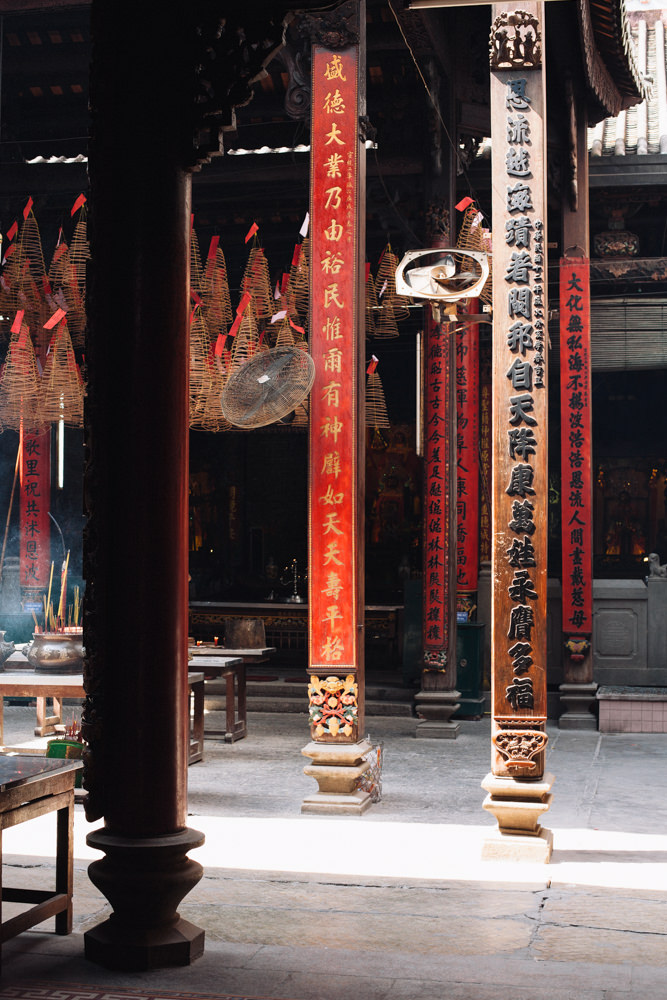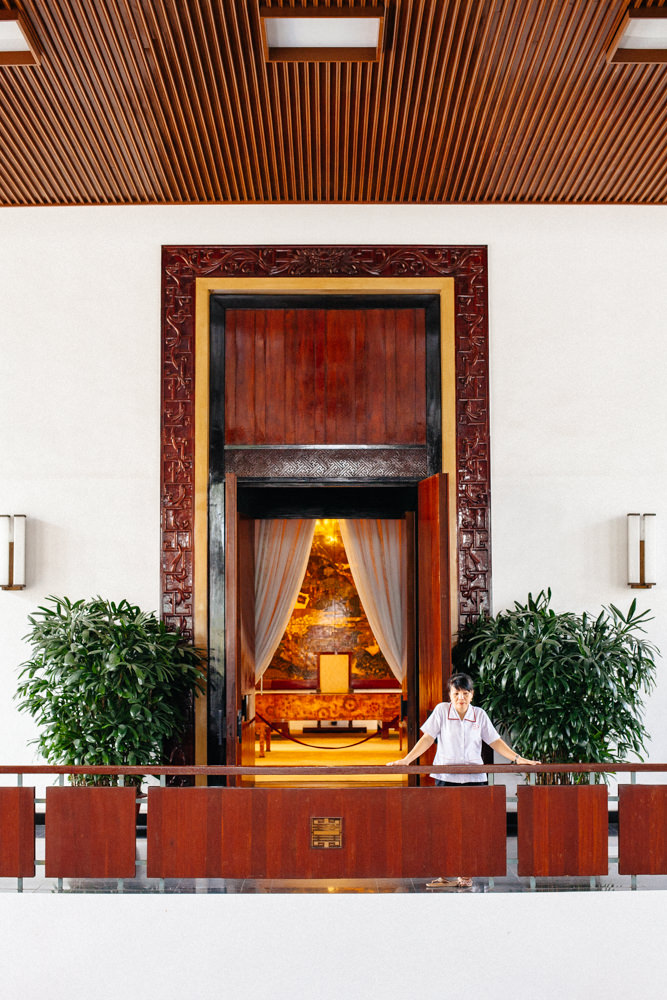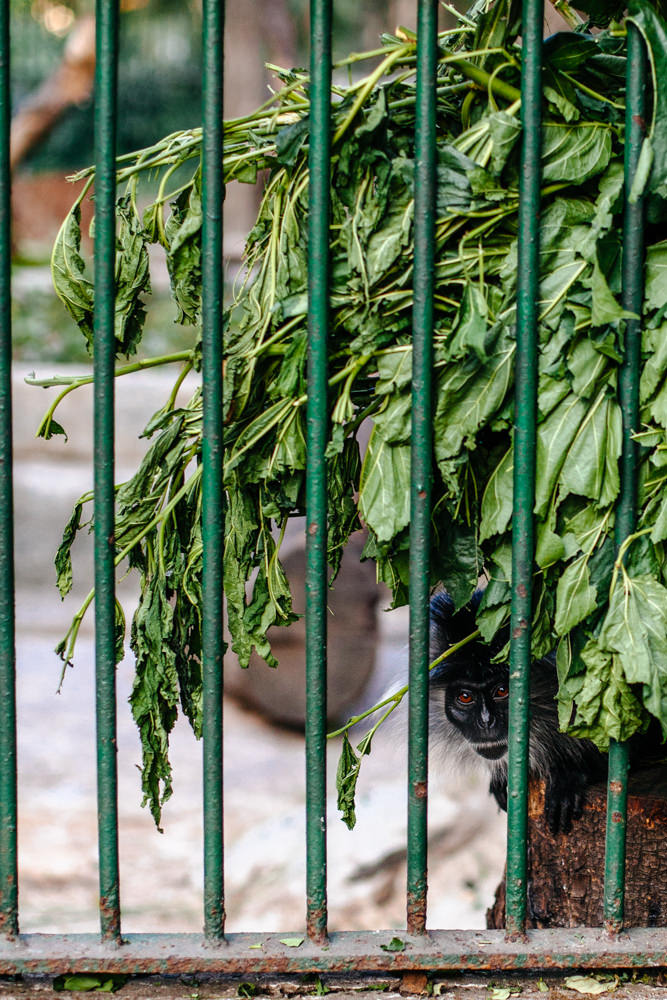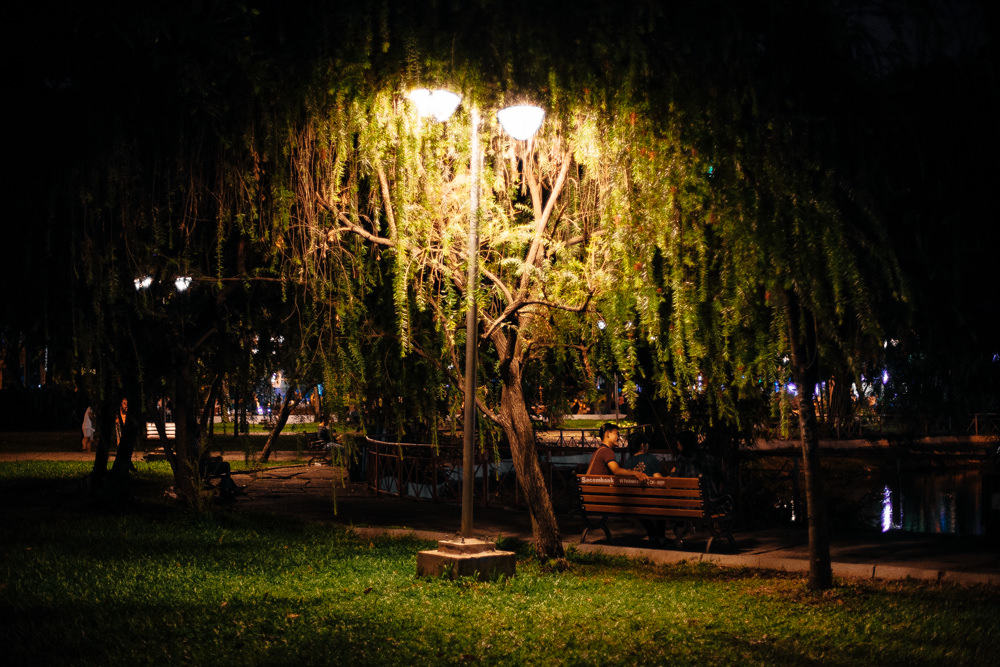I first saw the instrument pictured above in an exhibition, where it sat behind glass, silently resting. Looking very much like a viola, this stringed instrument differed in that it had a total of fourteen strings (sometimes less). Seven of the fourteen strings were on top and strangely, seven below. It was these strings below that confused me the most. Looking at the description, it identified the instrument as the "viola d'amore" - the viola of love. The seven strings below, it read, were "sympathetic strings" or strings that sympathetically resonated in response to the strings that were actively played above.
The sitar and other eastern instruments utilize this force, in modern times known as "sympathetic resonance," but it was the viola d'amore that first helped me internalize and realize the beauty of designing an instrument with this relationship in mind. The bottom strings vibrate with the most intensity when reacting to the same frequency, or its octaves. But, it also sympathizes with other notes, whose overtone frequencies are similar. This is to say, the strings don't just resonate the singular shared frequency; they sympathize with many others.
Here's a very worthwhile video of Hélène Plouffe describing this instrument in very clear detail:
The sympathetic strings' original nature is non-movement. Yet, when they meet similar sounds, they vibrate wildly. While they still sympathize with dissimilar notes, when an unrelated note is played, they are unable to reflect their own qualities and return to their initial, natural state. They don't "un-move" upon facing an unrelated or unaccepted sound, they just don't act. They are still and present.
Before thinking too much about something that should mostly exist as a visceral perception, I want to share some of the music of the viola d'amore. Here's a great introduction to the instrument's sound, demonstrated by Thomas Georgi:
Now, hear the instrument in a beautiful recording of the full concerto, Vivaldi's Concerto for Viola d'amore in D major, RV392 (yes, the same one from which Georgi plays):
Here's the cool guy Heinrich Ignaz Franz Biber von Bibern's (better known as H.I.F. Biber) Partia No. 7 for 2 Violas d'Amore.
Finally, there's the rebel Georg Philipp Telemann and his Concerto for Flute, Viola d'amore and Oboe d'amore in E-Major. While this song is playing, everything seems in its right place, especially during the first movement.
The viola d'amore's headstock often has a carving of a woman or cupid.
Photos courtesy the Metropolitan Museum of Art's Open Access policy
The Metropolitan Museum of Art
Photos 1,2 and 3: Viola d'Amore/Gift of H.H. Schambach, 1981
Photo 4: Viola d'Amore/Purchase, Amati Gifts, 2009










